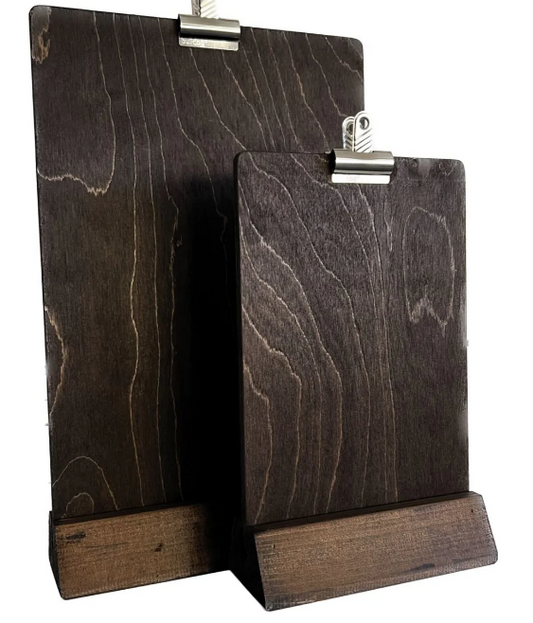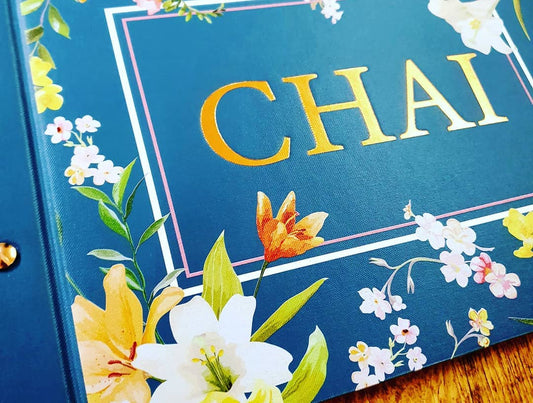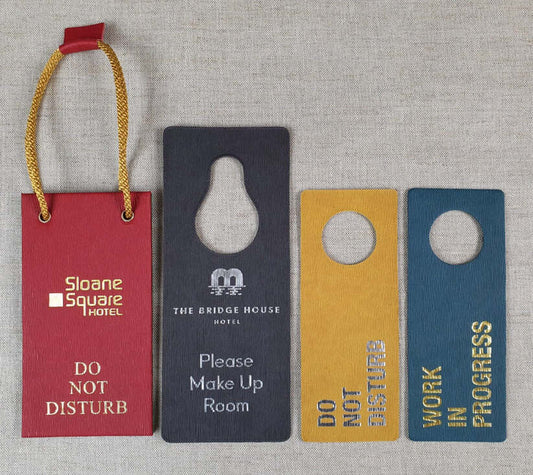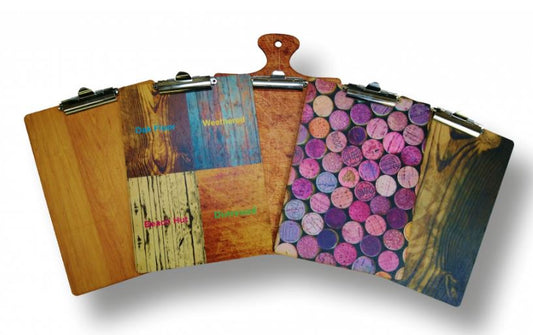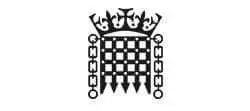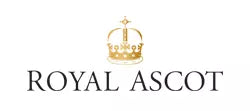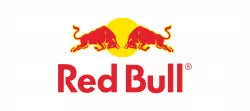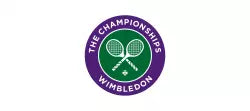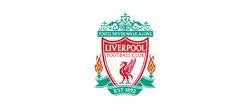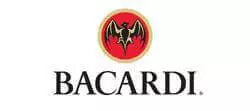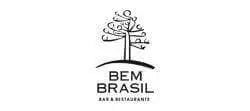Everything in this world of ours has its fair share of colourful origin stories that will surely fancy everyone who is anyone. Even your typical, ever-purposeful drink coasters have their origin story and background. Today, we’ll learn more about how everything started from cardboard to leather.
What is a Drink Coaster?
A coaster, also commonly referred to as a drink coaster, beverage wooden coaster, or beermat is a functional item used for resting upon drinks above a given surface. They serve as protection for the surface of tables or any other surfaces where users might usually place their drinks.
You can also use a coaster set on the tops of beverages to indicate that that drink is not yet finished or, furthermore, to prevent any form of contamination, usually from insects, from happening. They can also prevent hot drinks from burning through the table surface.
Pubs are the most usual places where you’ll have drink coasters spread out across table surfaces and otherwise. Used not only for table surface protection, these drink coasters are typically made of paper, also used to help absorb condensation drippings along the sides of the drinking glass or even serve as an ad-hoc notebook.
Quite often nowadays, these coasters are branded with trademarks or alcohol advertising, aptly done to promote whatever drink or beverage is within the glass itself. Drink coasters are not to be confused with bar mats that are usually rectangular, made from pieces of rubber or some absorbent material, and used to protect countertops and limit spilt drinks spreading in a bar or pub.
History
The history of drink coasters goes a long way back. The first coasters were explicitly designed for only decanters or wine bottles, for the sole purpose that they could be slid (or "coasted") on the surface of the dinner table after servants had retired. They became commonly used after about 1760. These early versions took the forms of shallow trays or dishes made of either wood, papier-mâché, silver or silver plate, preferably based on the status of the place where you will use it.
Back in the 1800s, a lot were more worried about what could get in the drinks than what could get on the furniture. Keep in mind the luxury of having cold beverages is a relatively more modern invention. Before the invention of refrigerators and ice that are readily available, drinks back then were merely kept cool rather than kept cold. So, condensation was not the primary issue. The need of the hour that time was keeping bugs and dirt from infiltrating the contents of the pints.
Friedrich Horn, a German printing company, introduced the first cardboard beermats in 1880. In 1892, two (2) years after, Robert Sputh of Dresden, Germany, manufactured the first beermat made of wood pulp, when the cardboard mat slowly became outdated. At the onset of the industrial revolution, wood pulp was allowed to be moulded, then pressed by machinery, compared to the rather cumbersome process of doing it manually, thus, ushering in the era of drink coaster mass-production.
The Watney brewery then introduced these beer mats towards the United Kingdom around the 1920s, advertising their pale ale. Following suit, the packaging company Quarmby Promotions, established in 1872, started manufacturing their beermats in Milnsbridge in 1931. After taking over by the Katz Group, it moved its production to Brighouse. Then, in 2006, it moved to Morley, West Yorkshire, before its closure in 2009.
Saucers have also been long utilised in Western culture for the same purpose. It is customary when drinking tea to use a set comprising a cup and saucer. By the mid-twentieth century, drink coasters created from many different materials and styles were mainly manufactured for domestic use. Nowadays, these mats are as ordinary as any everyday houseware piece, also used in most restaurants and food establishments.
But since then, pubs have adopted square felts and other such materials in placing on top of their pints. This practice was not the most hygienic solution due to the often-soaked squares used and reused, all without the benefit of being appropriately washed in between uses.
Manufacture
Drink coasters are usually made using high grammage paperboard but can also be made from several tissue paper layers. Sometimes, they are also fashioned from soapstone, metal, wood, and silicone materials. Essential parameters for beer mats generally considered are water absorbency, wet rub and printability.
Quite recently, glass coasters with empty frames have started to become a trend. Customers are given the ability to personalise their drink coasters, imbibed with their unique pictures or designs. In most recent years, some beermat manufacturers have overhauled their manufacturing process that allows cheaper small-scale orders. This adjustment has led to the expansion of reach beermats can achieve. Individuals can now choose to have bespoke beermats created and printed for weddings and political parties, utilising them to deliver campaign messages.
The majority of drink coasters can be recycled, but some are disposable. The United States Environmental Protection Agency has listed the following benefits of recycling drink coasters:
- It conserves natural resources like timber, water and minerals.
- It increases economic security through the tapping of domestic material sources.
- It saves a lot of energy.
Read: Modern Coaster Design Tips for Your Brand Recognition
Materials
Today’s drink coasters and beer mats come in all forms of materials, shapes, and sizes. This flexibility makes them perfect gift-giving options around the holiday season, for birthdays and special occasions, or as a simple present for the craft beer lover in your family.
Customised drink coasters are ideal for any young man’s cave bar or a minibar you have ready for guests inside your house. It's a great deal to start matching the designs of the coasters to the style of your man cave or minibar. Going for that DIY aesthetic, you can probably have some hand-cut wooden coasters that will surely fit the bill. Don't also forget to build a wooden coaster caddy to store them whenever not in use.
As adorned with customised images, drink coasters usually promote, mention, or advertise beer, liquor, or pretty much any beverage. However, some can also utilise them in promoting drinking establishments, sports franchises, businesses or special events.
Some drink coasters are collectable items. The term “Tegestology” was coined from the Latin words “teges", which mean "covering" or "mat", and "logos", meaning "to study" or "the study of." By combining the two Latin words, this term is defined as the practice or hobby of collecting beermats or drink coasters, with its practitioners known as tegestologists.
History of Drink Coasters: Takeaways
With the sole purpose of protecting surfaces from the coldness or hotness of your beverage, you are now given a wide array of choices for your drink coasters. Choose the best one for your preference and one that works best for your drinking satisfaction.
Read also: Useful and Most Creative Promotional Items


